Seodaemun Prison
Between 1910 and 1945, the Korean peninsula (both south and north) was occupied by the Japanese empire. The Japanese colonists repressed the Korean population with brutal methods and those who did not submit risked ending up in prison and being executed. Korea was then ruled by the Japanese governor-general with absolute power over the lives of Koreans. Koreans were forced into all forms of slave labor both inside and outside Korea to materialize Japan’s imperialist goals. In 1907, a prison was built in Seoul in a district called Seodaemun, which opened in 1908. When Japan occupied Korea, they took over the prison and initially named it Keijo but changed its name to Seodaemun in the early twenties. Prisoners were mainly Koreans who opposed Japanese rule. Men and women were separated in different parts of the prison. Prisoners were subjected to both torture and ill-treatment to force confessions or disclosures. Murder also occurred. At the end of the Japanese colonial period, about 3,000 prisoners were imprisoned.
Current status: Preserved with museum. (2025).
Location: 37°34'28.21"N 126°57'22.86"E
Get there: Metro to Dongnimmun Station.
Follow up in books: Dudden, Alexis: Japan’s Colonization of Korea: Discourse and Power (2004).
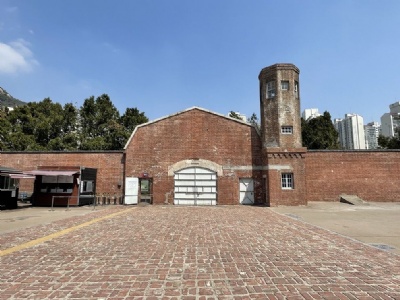
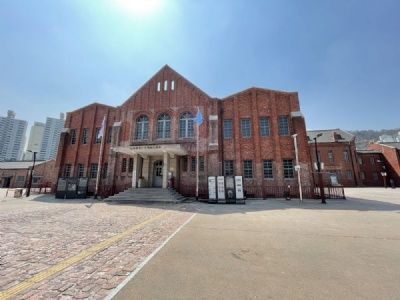
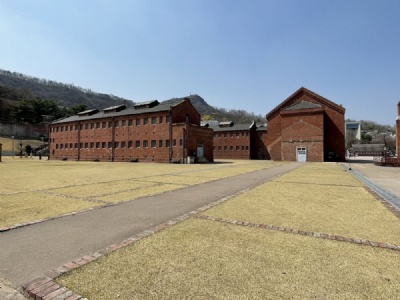
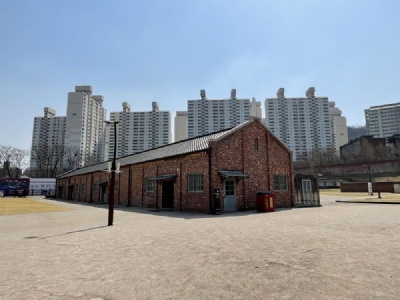
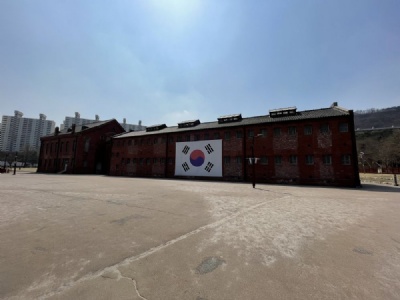
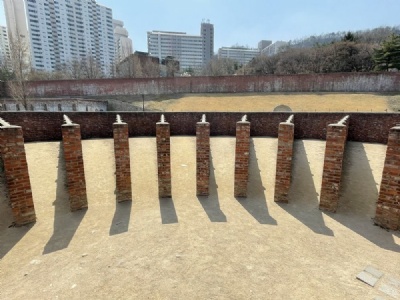
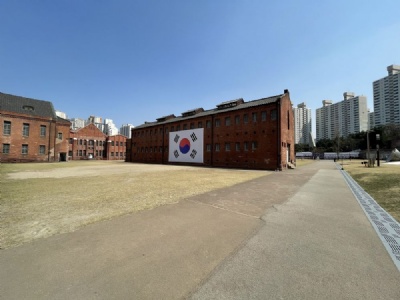
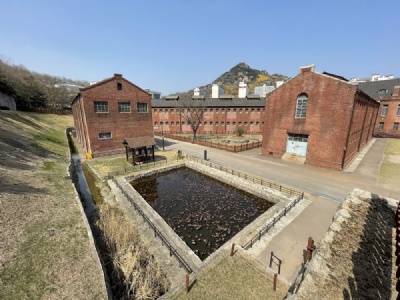
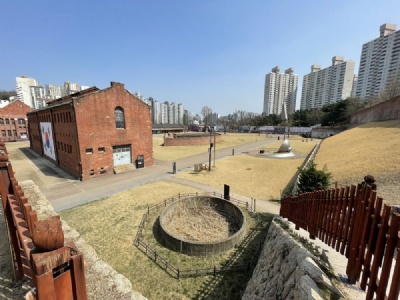
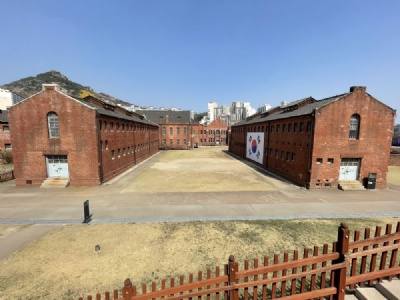
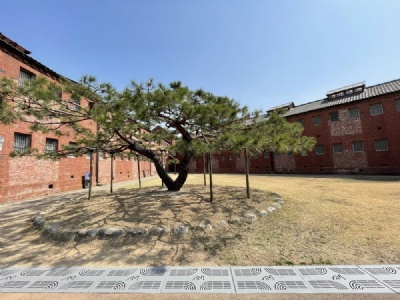
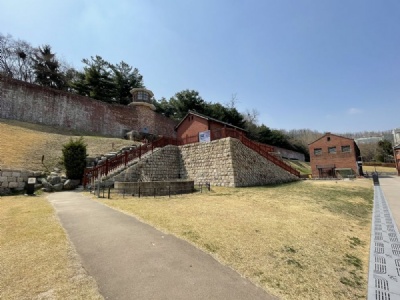
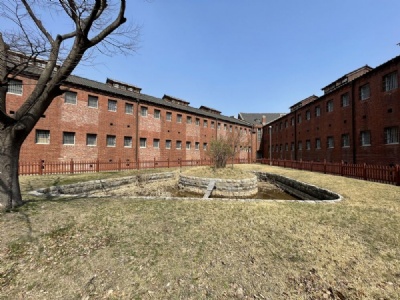

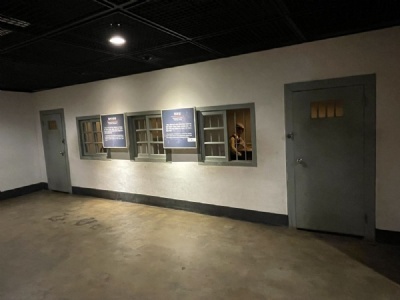
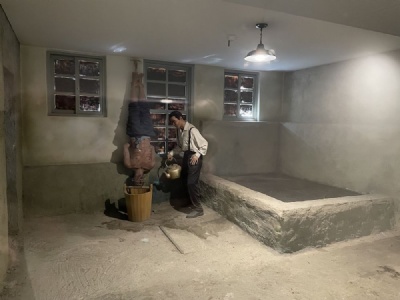
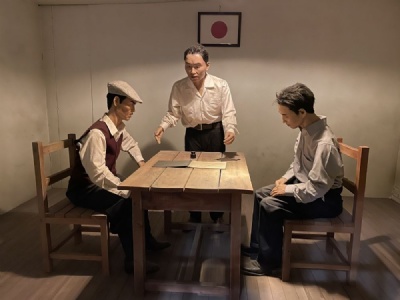
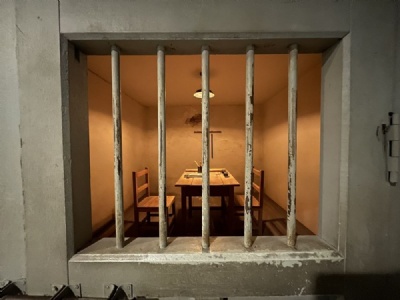
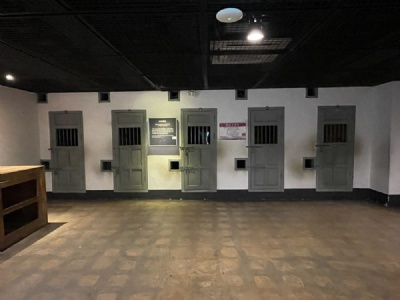
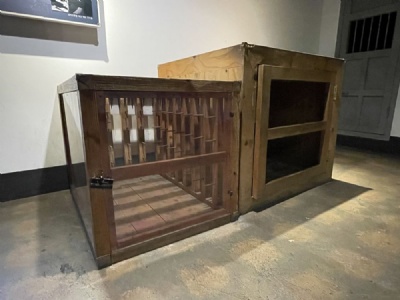
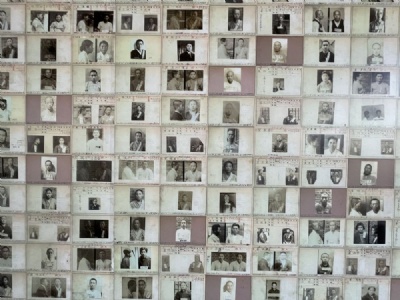
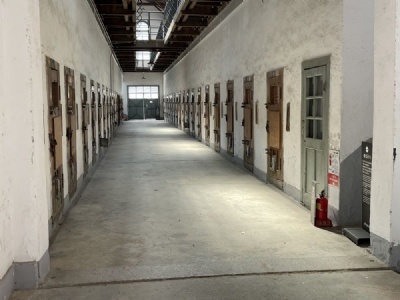
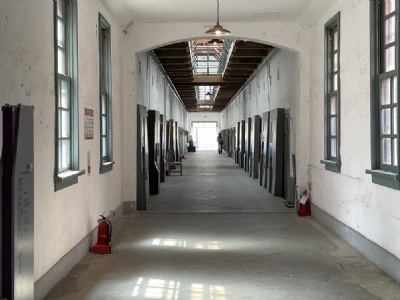
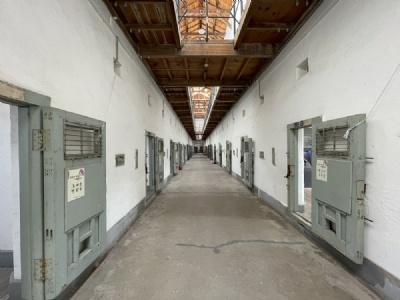

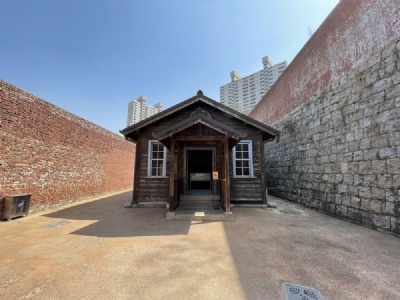
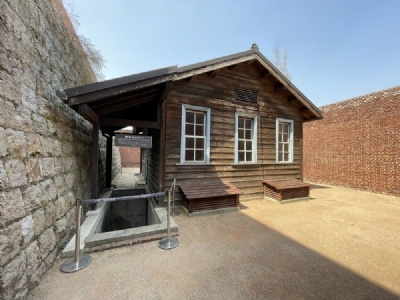
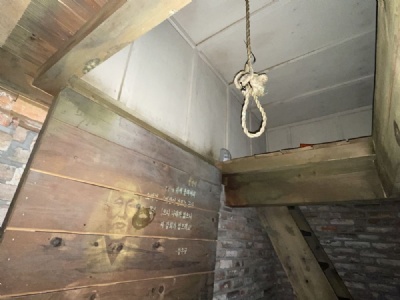
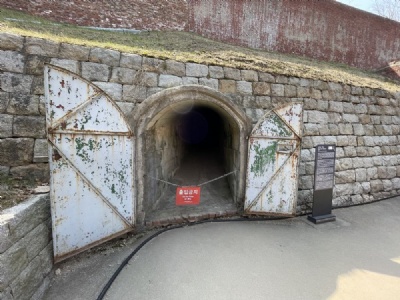
After 1945, the prison continued to exist until 1987 when it was shut downed. Parts of the prison were then demolished, partly for economic reasons, but also to highlight the prison’s colonial history between 1910 and 1945. The current museum opened in 1998 and focuses on the colonial era. Nowadays, the entire prison is crammed into a developed residential area. It is a really interesting museum with several interesting exhibitions with balanced information. The museum is a mix of preserved buildings and (partly) reconstructed building to give the visitor visual impressions. This is always a difficult balance act to mix the authentic with the reconstructed. All in all, an interesting museum where Japan’s colonial history still touches South Korea. From the latter’s point of view there are still things that hasn’t been solved about the two countries past.